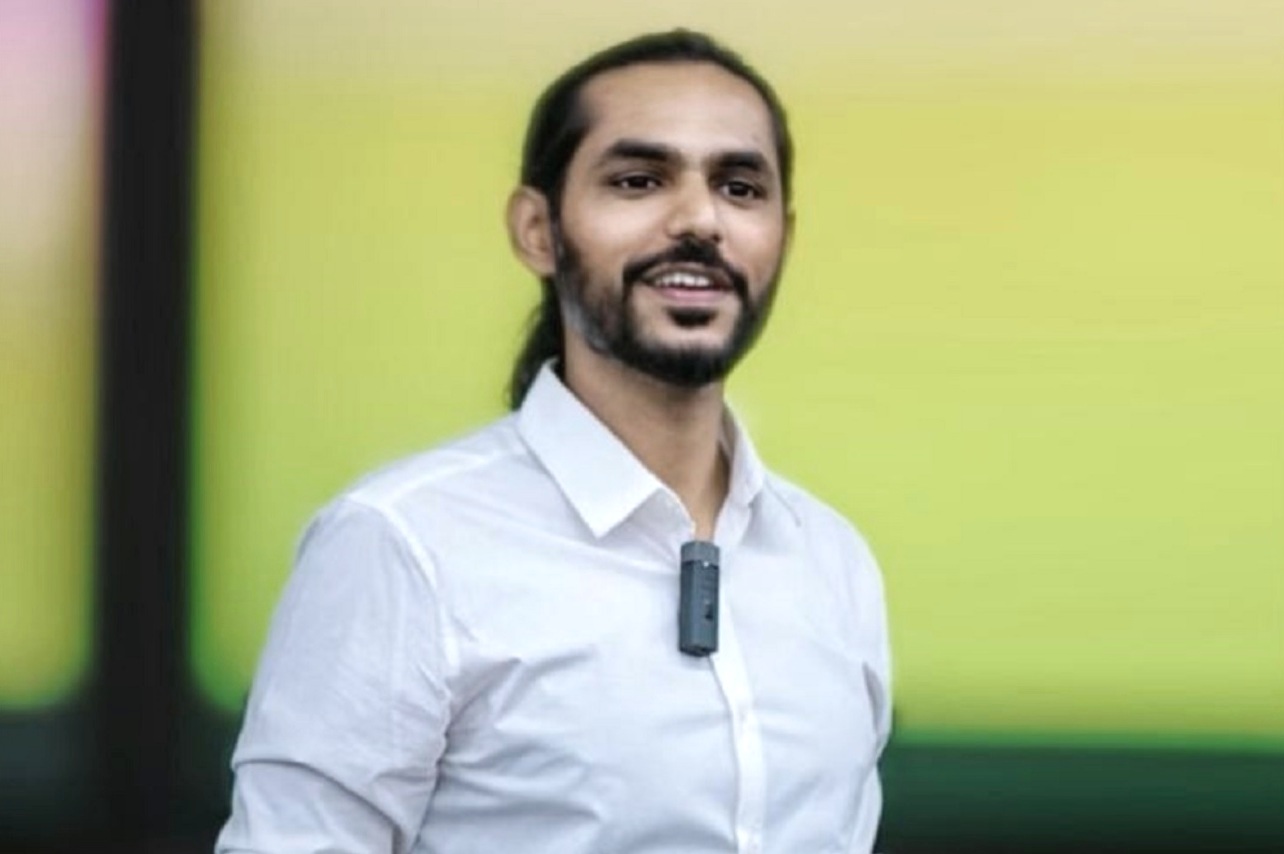New Delhi, October 9, 2022: The living conditions of the prisoners and undertrials may soon see a drastic shift with the Supreme Court’s suggestion of building private jails by the corporates using their CSR funds.
A Supreme Court bench headed by Justice KM Joseph proposed this idea while hearing a petition by Gautam Navlakha who sought his transfer to house arrest from Taloja jail due to health issues. The court later ordered that Navlakha be moved to KEM Hospital (Mumbai) for colonoscopy and skin allergy related health concerns.
The discussion on this started after senior advocate Kapil Sibal brought to the fore the issue of overcrowded jails.
The court observed the repercussions of overcrowded jails and mentioned that all sorts of crimes take place even inside the prisons that include homosexuality which further triggers revenge against the system.
The court further added that the irony is that the area is a low priority for any government, while the focus is on building schools and hospitals. Thus, the court proposed the idea of building jails with CSR funds that will further ensure that the state funds are not exhausted.
The bench cited examples of Sweden and Norway where the jails are like resorts with all sorts of facilities.
The bench further highlighted the need to prioritize building prison facilities with the help of corporates and private firms to cater to the alarming rate of undertrials that should not be kept along with the convicts in jails as per rules.
According to the official data by National Crime Records Bureau, India’s prison population stood at 5,54,034 as on December 31, 2021 against the total of 1319 establishments (including 148 central jails, 424 district jails, 564 sub-jails, 32 women jails, 88 open jails, 19 Borstal schools, 41 special and 3 other jails). According to the data India’s prison occupancy stands at 130.2%. This means that our jails are overcrowded by more than 30%.
As compared to other countries, India’s occupancy is at alarming levels. Sample this: The prison occupancy rates at European countries including Austria, Germany, Norway, Spain, Switzerland and Ukraine stand at 98.7%, 77.4%, 83.4%, 73.6%, 86% and 61.6% respectively.
|
European Country
|
Prison Occupancy Level
|
|
Austria
|
98.7%
|
|
Germany
|
77.4%
|
|
Norway
|
83.4%
|
|
Spain
|
73.6%
|
|
Switzerland
|
86%
|
|
Ukraine
|
61.6%
|
The USA also has prison occupancy rate of 95.6%.
Several developed countries and the likes of Australia, New Zealand, Scotland, Wales, England, Germany, France, Japan, and Brazil have the concept of private prisons.
According to a report by The Sentencing Project, the US manages 8% of the prisoners privately, while New Zealand takes care of the 11% of the total incarcerated privately, England and Wales handle 14% of its prisoners through private jails, and the share of privately managed prisoners across Scotland and Australia is 17 and 19% respectively.
The data reflects that the prison burden in many countries has been shared by private jails and facilities. Though managing them is an altogether different issue, however, the living conditions of the inmates in the jails of these countries are far better.
Over the last few years, a surge has been recorded in the global prison population (prison overcrowding) which has drawn attention and investment for the expansion of new prison facilities in several countries. For instance, some European nations are spending hefty amount to build new facilities or adopt new incarceration policies, as per the European Committee for the Prevention of Torture.
Britain is no different wherein a company named Mace (A global consultancy and construction firm) partnered with the Prison Expansion Programme in 2017 to build ten private prisons by 2027.
In many continents over the last few years, an increasing interest has been witnessed in onboarding private firms for constructing and running new prison facilities on the public-private partnerships (PPP) model. In countries like the US, UK, and Australia, private firms build and run prisons, while in Brazil the building and operations of prisons are planned on PPP mode.










.jpg)




